Least We Forget
Suffer The Children
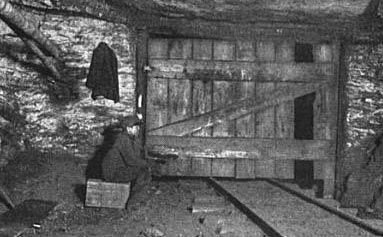
Why Vaccines?
Dr. French noted the influences of living conditions on disease in an article published in 1888.
The depressing influences of extreme poverty, filth in all its forms, and the overcrowding of large cities, are great promoters of contagion, resulting in epidemics, plagues, and pestilences; while strict cleanliness, fresh air, pure water, and hygienic living; tend greatly to restrict its spread and prevent these results… The death-rate among infants and young children is especially influenced by the five principal acute contagious or infectious diseases—namely, measles, scarlet fever, smallpox, diphtheria, and whooping-cough.
The gastrointestinal tract is known to contain around 70 percent of a person’s immunity. With insults to a healthy digestive system from toxins, infections, and parasites in water and food, it is easy ”
“to see how myriad diseases were able to take hold.”
“J. M. French, MD, “Infant Mortality and the Environment,” Popular Science, vol. 34, no. 10, December 1888, p. 228.”
The West Has It Easy Now
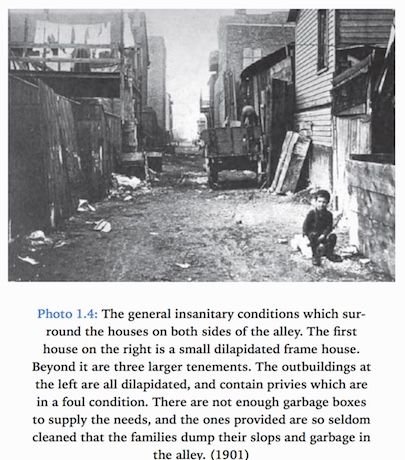
Back in time, not more than a hundred years ago the Western world’s poverty stricken children as young as 4 years old worked in factories and coal mines for up to 16 hours a day. Their housing was crowded with up to 10 people living and sleeping in one room. Waste ran down narrow streets crowded by little cheap row houses that made landlords rich and the poor very sick.
There was no such thing as clean water. Water was pulled from the same river where human waste was dumped along with anything else one can think of including dead bodies.
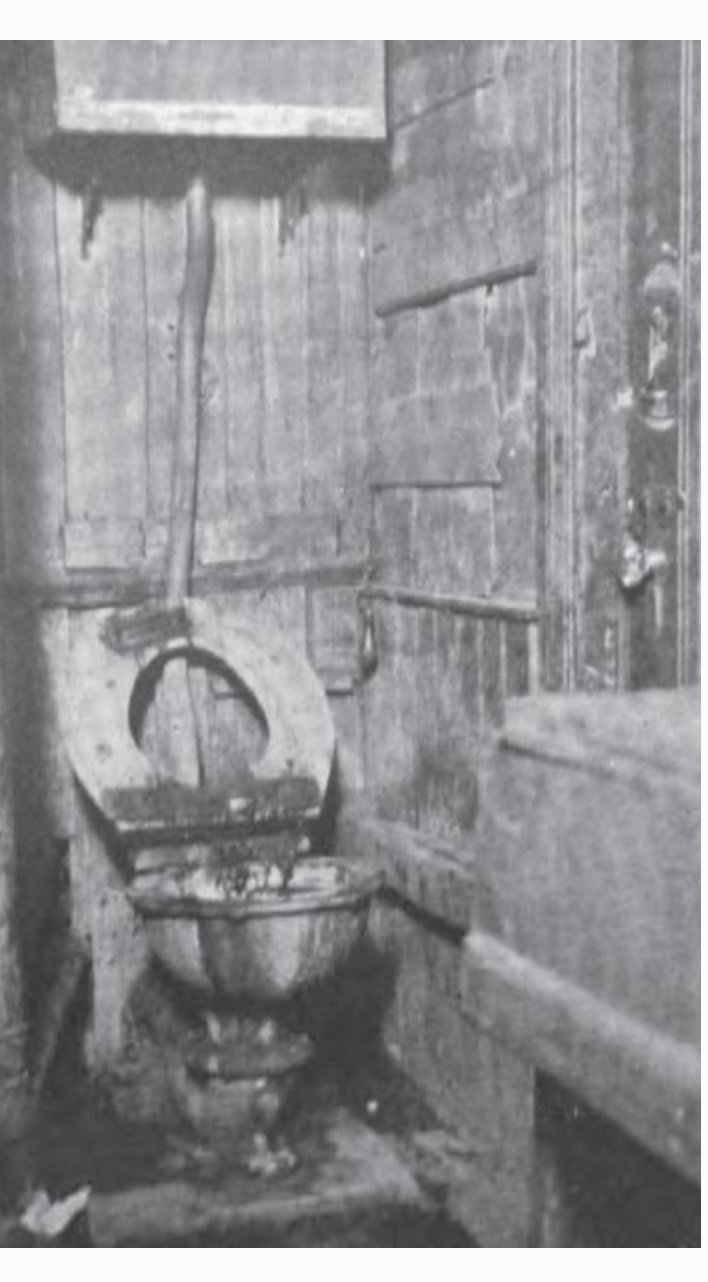
The air was putrid as garbage and sewer were tossed out windows and open latrines were covered in flies that would fly in and out of the poor’s cheap row houses. Food would be sitting out uncovered. There was no place to keep food clean and covered.
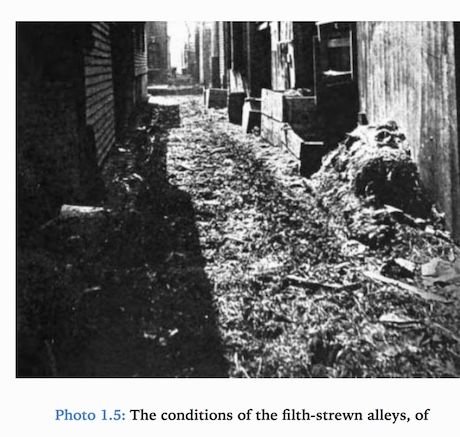
“Mothers employed in factories are, save during the dinner hours, absent from home all day long, and the care of their infants during their absence is entrusted to young children, hired nurse-girls, sometimes not more than eight or ten years of age…”
“Child Labor in Massachusetts Tenements, Annual Report of the Massachusetts Child Labor Committee, January 1, 1913, pp. 5–6.”
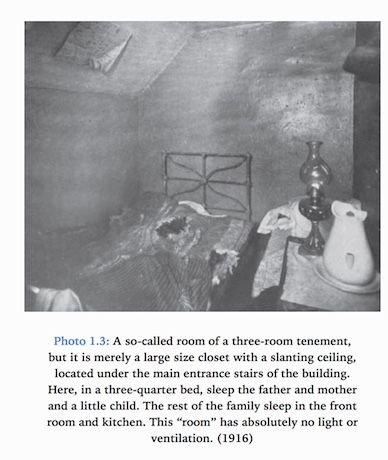
No One Home To Take Care Of The Infants
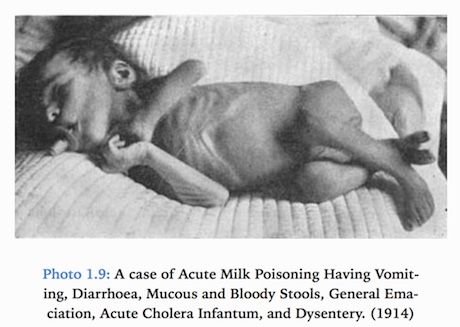
Everyone from in the family had to work including young children. Who took care of the infants? The poor families would hire girls as young as 8 years old cared for and feed their infants. There was no knowledge on proper care and nutrition. This is why there was such a high rate of death for women and infants. I remember hearing how great we have it now from my history books. But when I read alternative history books. Before human’s were packed together like livestock women and children didn’t die by the thousands because of childbirth and diseases.
In the Western modern world the majority of our children enjoy a life of luxury compared to the 1700 to early 1990s. Many children throughout Europe and America worked at hard labor in crushing poverty. There were no laughing children for the poor people, just misery and an early death from injuries suffered at work to lack of proper sanitation and basic nutrition.
1700 to 1800
Machines replaced manual labor for the production of many manufactured products. Factories still needed a cheap source of labor to run their machines, which didn’t need brute force to operate. Children were cheaper to hire than adults. The children were used and abused without mercy by their supervisors. They could not defend themselves.

“Children from seven years of age upward, were engaged by hundreds from London and other large cities, and set to work in the cotton spinning factories of the north. Since there were no other facilities for boarding them, “apprentice houses” were built for them, in the vicinity of the factories, where they were placed under the care of the superintendents or matrons… They were remotely situated, apart from the observation of the community, left to the burdens of unrelieved labor under the harshness of small masters or foremen. Their hours of labor were excessive. When the demands of the trade were active they were often arranged in two shifts, each shift working twelve hours, one in the day and another in the night, so that it was a common saying in the north that “their beds never got cold,” one set climbing into bed as the other got out. When there was no night work the day work was the longer. They were driven at their work and often abused.”
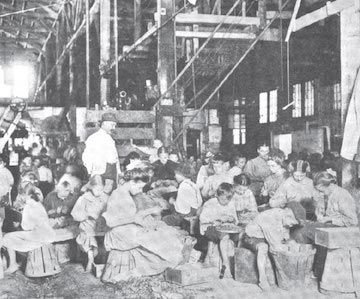
“Edward P. Cheyney, An Introduction to the Industrial and Social History of England, Macmillan, New York, 1920, p. 233.”
Children Worked In Coal Mines

Can you imagine hauling basket’s of coal weighing over 50 pounds at the age of 10 years old? Children that worked in the coal mines had to fill a quota of 2,500lbs a day. The air was full of dust and most worked without clothing no matter the gender or age, this includes adults. I couldn’t believe this when I read this in some of the books I ordered from my library. I remember reading in high school the poor children in England, Wales, Ireland and Scotland along with their parents were forced to work in the mines after the Crown took away the commons shared by the people to grow their food and make a living. Least we forget, and I think we have, we don’t trust authority or big corporations.
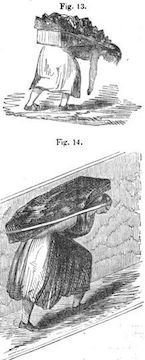
“It is true we occasionally hear of a little boy in the mine run over by a coal car, or kicked to death by a mule, or fatally injured by a piece of falling slate. And in the coal breakers little boys are sometimes ground in large crushers that break the coal, caught in the wheels or other machinery, or buried in a stream of coal—the death suffered recently by the little boy in Pittston [Pennsylvania].”
“John W. Parker, Physical and Moral Condition of the Children and Young Persons Employed in Mines and Manufactures, William Clowes and Sons, London, ”
Public outcry regarding the poor working people finally became too loud to ignore. Plus the cheap labor, the poor factory workers were sickening not only their own population but also the middle class and the wealthy. The people who needed a poor workforce were forced to investigate working and living conditions of mine workers and factory workers. They were shocked to find out that their wealth was paid with the lives of thousands and thousands of children. I probably think the industry and government leaders weren't shocked but were forced to clean up their act or the growing middle class with a lot of clot would rebel and force them through the loss of the their positions to clean up the poor living conditions and working conditions.
“Children began their life in the coal mines at five, six, or seven years of age. Girls and women worked like boys and men; they were less than half clothed, and worked alongside men who were stark naked. There were from twelve to fourteen working hours in the twenty-four, and these were often at night. Little girls of six or eight years of age made ten to twelve trips a day up steep ladders to the surface, carrying half a hundred weight of coal in wooden buckets on their backs at each journey. Young women appeared before the commissioners when summoned from their work, dressed merely in a pair of trousers, dripping wet from the water of the mine, and already weary with the labor of the day scarcely more than begun. A common form of labor consisted of drawing on hands and knees over the inequalities of a passageway not more than two feet or twenty-eight inches high a car or tub filled with three or four hundred weight of coal, attached by a chain and hooked to a leather band around the waist.
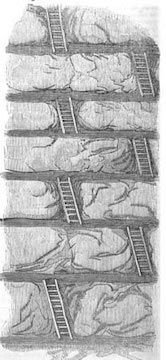
“Edward P. Cheyney, An Introduction to the Industrial and Social History of England, Macmillan, New York, 1920, pp. 243–244.
Poverty Breeds Disease
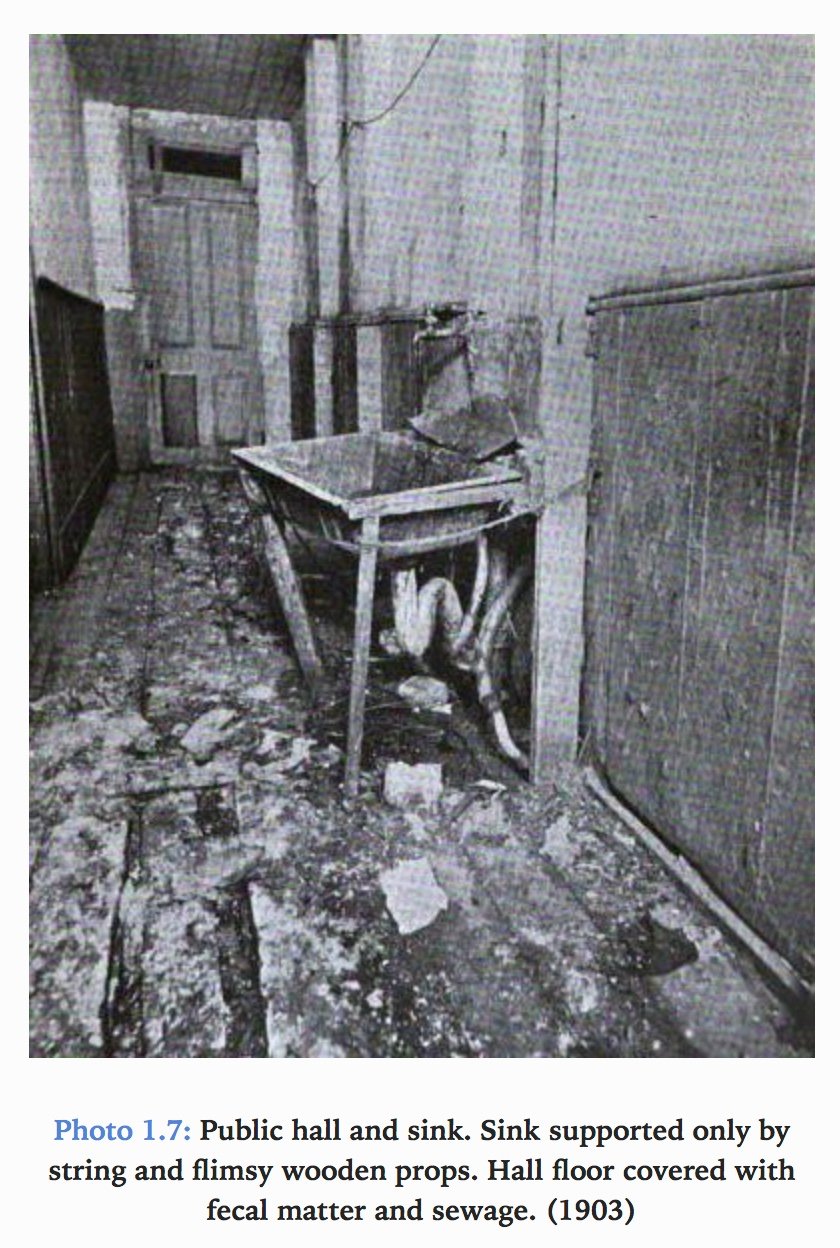
Will Vaccines Fix The Diseases Poverty Breeds?
I think those who control the economies of countries didn't want to clean up the poor areas and give their factory workers decent housing, food, and education. I think they wanted to give them a shot and work them to death. I've been reading about the industrial revolution of the manufacturing industry and the farming industry. From what I've read so far, if the rich hadn't been getting sick too, they wouldn't give two-hoots about the poor. They wanted to keep the cheap labor alive long enough to breed more labor force and die at an early age. A cheap vaccine gave hope to the controllers they could find a cheap and easy way to fix the problem of plagues. But vaccines didn't stop the spread of diseases. What stopped the disease and when will be in my next article.


 A link to My Blog
A link to My Blog